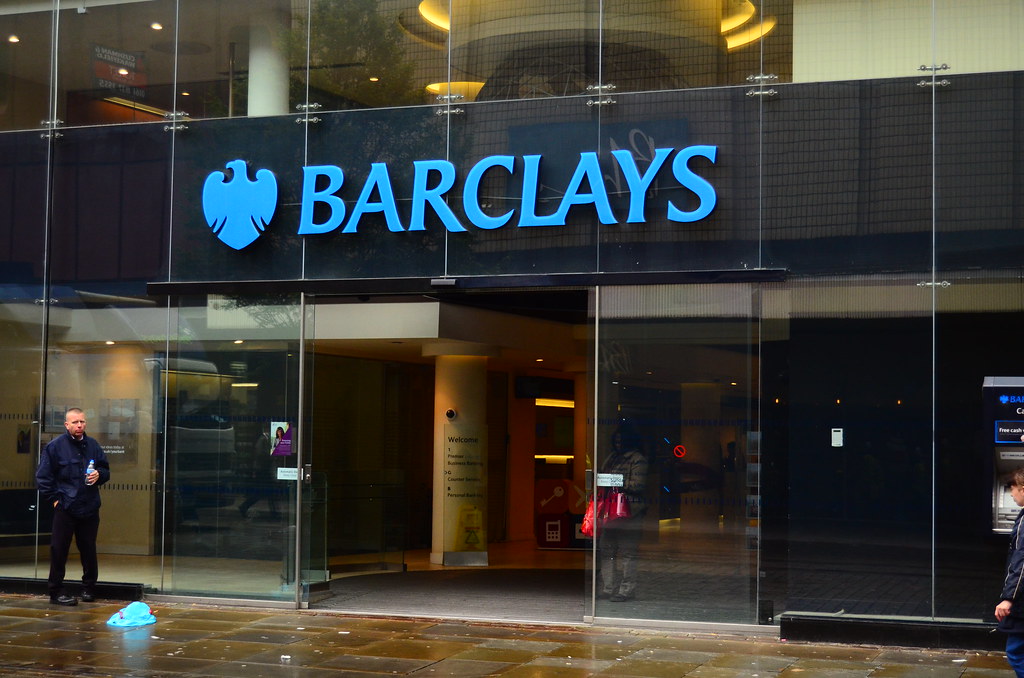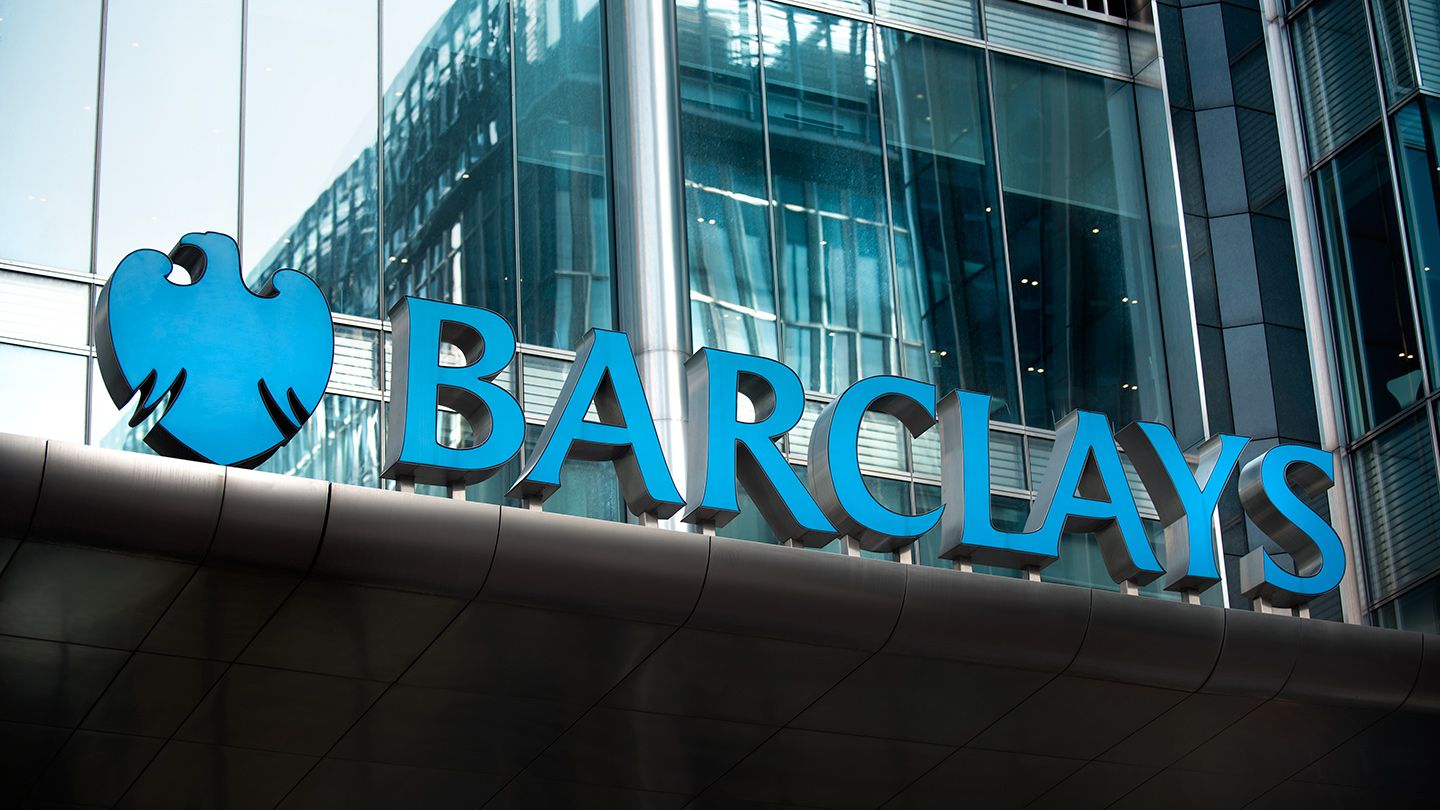Introduction
Barclays is a British multinational universal bank, headquartered in London, England. Barclays operates as two divisions, Barclays UK and Barclays International, supported by a service company, Barclays Execution Services. The business model of Barclays involves its business plan, Revenue model, its competitors, SWOT Analysis and many more.
Business Model
Barclays International consists of Barclays Corporate and Investment Bank (formerly known as Barclays Capital) and the Consumer, Cards & Payments business. The investment banking business provides advisory, financing and risk management services to large companies, institutions and government clients. It is a primary dealer in Gilts, U.S. Treasury securities and various European Government bonds.
Revenue Model
Some of Sources of Revenue for Barclays:
Barclays UK: It consists of Deposits and Consumer Lending sub-segments and offers credit, banking and investment products and services to consumers and small businesses primarily in UK.
Consumer, Cards and Payments: Barclay card is a multi-brand credit card and consumer lending business which also processes card payments for retailers and merchants and issues credit and charge cards to corporate customers and the U.K. Government.
Advisory & Underwriting Services: It offers Financial Advisory and Debt & Equity Underwriting services.
Sales & Trading: It offers sales and trading services to institutional clients across fixed-income, credit, currency, commodity and equity businesses.
Transaction Banking: The asset management division known as Barclays Wealth focuses on private and intermediary clients worldwide providing international and private banking, fiduciary services, investment management, and brokerage.
Barclays Non-Core & Other: This represents Barclays’ head office and central support functions, businesses in transition and various consolidation adjustments as well as business units the banking group is looking to exit over coming years.
Competitors
There are several brands in the market which are competing for the same set of customers. Below are the top 10 competitors of Barclays Bank:
- ABN AMRO
2. Credit Suisse
3. RBS (Royal Bank of Scotland)
4. Goldman Sachs Group
6. BNP Paribas
7. HSBC
8. Wells Fargo
10. Morgan Stanley
11. UBS
SWOT Analysis
Strengths
- Innovation: Over the years, Barclays has been at the heart of innovation. The first credit card came into being in 1966 and the OnePulse card was just recently introduced, incorporating many features into the card.
- Action automation added quality continuity to Barclays services and has allowed the company to scale up and scale down on the basis of market growth trends.
- Good returns on capital expenditure: Barclays is reasonably efficient in introducing new schemes and by developing new sources of revenue, has created good returns on capital expenditure.
- Professionally experienced workers by effective systems of learning and training. Barclays spends enormous resources in the recruitment and growth of its employees, contributing to a workforce that is not only highly trained, but also driven to do more.
- Phenomenal Emerging Markets Performance: Barclays has gained experience in accessing and finding growth in new markets. The extension helps the company develop additional income sources and diversify the impact of the economic cycle in the countries in which it works.
Weaknesses
- Outbid by ABN Amro: In 2006, ABM Amro outbid Barclay’s bid to penetrate the Asian market, and substantial costs had to be incurred to chalk out a new entry plan.
- Ethical Issues: In the last few years, Barclays has been hit by a variety of scandals. The bank was for instance, suspected in 2009 of breaking international money laundering rules. It was also accused of having helped finance the government of President Robert Mugabe in Zimbabwe. Barclays was also accused by HM Revenue and Customs in the UK of developing and employing two strategies to prevent large sums of tax. As a result, in 2012, the UK Treasury directed the bank to pay £500 million in tax. Investors can have doubt on Barclays’ honesty and ethics.
- Affecting Long Term Growth: Days stock inventory is in high contrast with the opponent adversaries – making the organization raise more cash flow to put resources into the channel. This can affect the long term development of Barclays.
Opportunities
- Emerging markets: In emerging countries where there is a growing need for credit in both retail banking and wholesale banking fields, there are great opportunities for Barclays. The push for production and growth would lead to a higher demand for credit. On this, Barclays will capitalise.
- Emerging Youth: there is a buzz in the youth nowadays for investment and they are searching for different investment alternatives. Barclays can acquire metropolitan youth searching for investment alternatives.
- The business should get into a larger portfolio of offerings in order to draw more consumers and should also aim to improve cross.
Threats
- Closing Branches: Barclays closed a number of branches in 2000 and then gained a reputation for not being a client: friendly company. Other banks have taken advantage of this and have positioned themselves as customer: friendly firms that retain open branches.
- Position in Asia: The position of Barclays in Asia is not as strong as it is in Europe. It is important to look closely and very carefully at their companies in Asia. Asia’s existing players have improved their positions and giving a touch competition to Braclays.
- Economic stability is still a threat, as is the case with any other bank. In a matter of months, when things go wrong in the macro economic scenario, the status of banks can change dramatically.
- Gold value manipulation and control: In May 2014 the Financial Conduct Authority fined the bank £26 million over frameworks and controls disappointments, and irreconcilable situations with the bank and its clients in association with the gold fixing during the period 2004–2013, and for control of the gold cost on 28 June 2012.
- Allegations of money laundering: In March 2009, Barclays paid US$298 million to settle the allegations of violating and disregarding worldwide illegal tax avoidance laws.
These factors can be overcome by implementing proper strategies like improving its online reputation and making a better brand reputation.
Conclusion
Barclays with more than 325 years of history and aptitude in banking, works in more than 40 nations and utilizes roughly 83,500 individuals. It is the largest bank in the United Kingdom by total assets and also the 2nd largest bank by market capitalization. It is one of the most valued banks in the United Kingdom with a brand value of about $10 billion.





